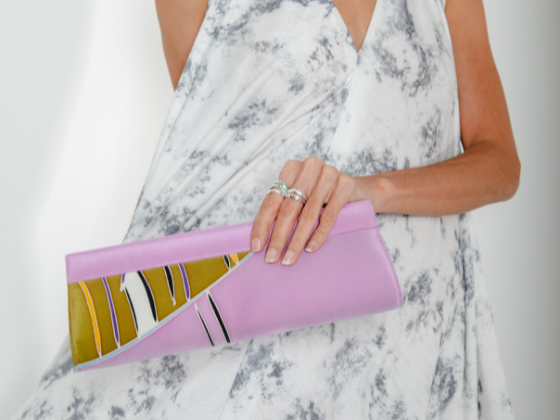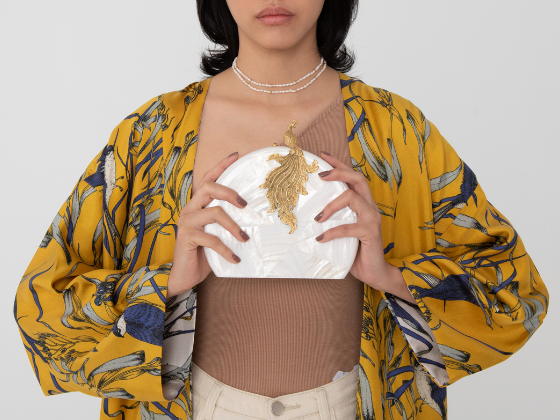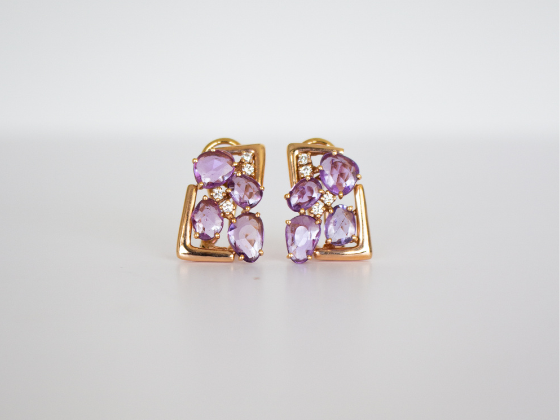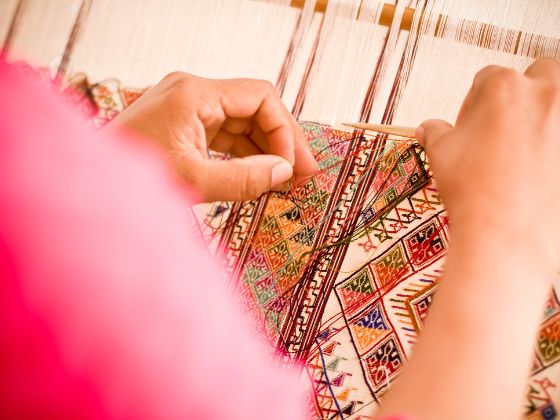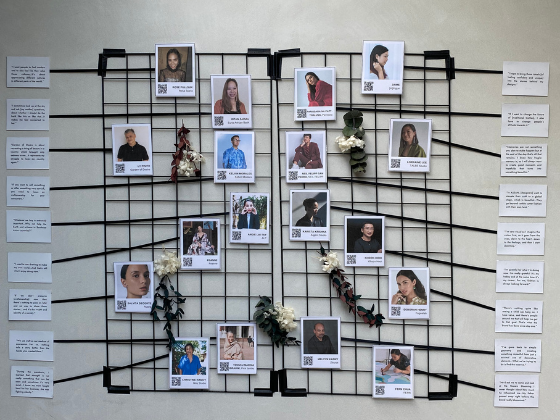By Aisha Hassan on November 13th, 2020
You’ve seen this on social media before: An airy, light-filled room, full of plants and bright neutral furniture, the perfect setting for rest and relaxation. It’s the kind of space that sets you up for a good day. And in this interior design trend, one material that keeps surfacing because it radiates tropical chic is rattan.
Rattan is a vine-like palm mainly found in Southeast Asia. There are some 600 species, and it’s widely used in the region because rattan withstands heat and humidity better than solid woods. Rattan furniture seems to be a staple of global trend lists because it makes people feel good. More specifically, rattan furniture evokes easy living, tropical vacations, and the natural world. In our information-saturated and troubling times, who wouldn’t want to feel like they’re on vacation?
Glamour magazine even called rattan interiors “mental-health boosting”.
Most types of furniture, however, can be significant investments and aren’t conveniently swapped out. Rattan furniture in particular, despite being increasingly trendy, should be more than an impulse buy. Rattan originally found its way out of Southeast Asia through European colonists, and global demand has led to dwindling resources. Oftentimes, brands have sold rattan products while misrepresenting its origins or overlooking the artisans. Rattan furniture is covetable, but we recommend making a few extra clicks to support designer brands who are transparent about their sources.
An easy way to start shopping the rattan trend is to delve into the world of rattan accessories. These smaller items still exude the breezy tropics but are much easier to experiment with and style. Returning a bag is also typically more convenient than returning a table. Many designers and boutiques work with rattan artisans and make acknowledging craftsmanship part of their brand ethos.
Kayu, for instance, sells rattan bags made by women co-operatives in Malaysia, Indonesia, and the Philippines. MANAVA supports rural rattan weavers in Cambodia and spotlights each of their artisans. Above Studios works with artisans in Thailand, and Inné sells handmade rattan shoes from the Philippines. Like rattan furniture, products from independent labels like these still recall tropical vacations. They’re also a more versatile means of experiencing the rattan trend while being mindful of the material’s sources and use. It’s a simple and stylish way to elevate both your closet and your conscience.
ABOUT THE AUTHOR
Aisha Hassan is a writer, journalist, and co-founder of Dia. Previously, Aisha worked for Quartz in New York and Harper’s Bazaar in Malaysia. Her fiction has been published in international literary magazines. She has a bachelor’s degree in English Language & Literature from the University of Oxford, and a master’s degree from Columbia’s Graduate School of Journalism.

